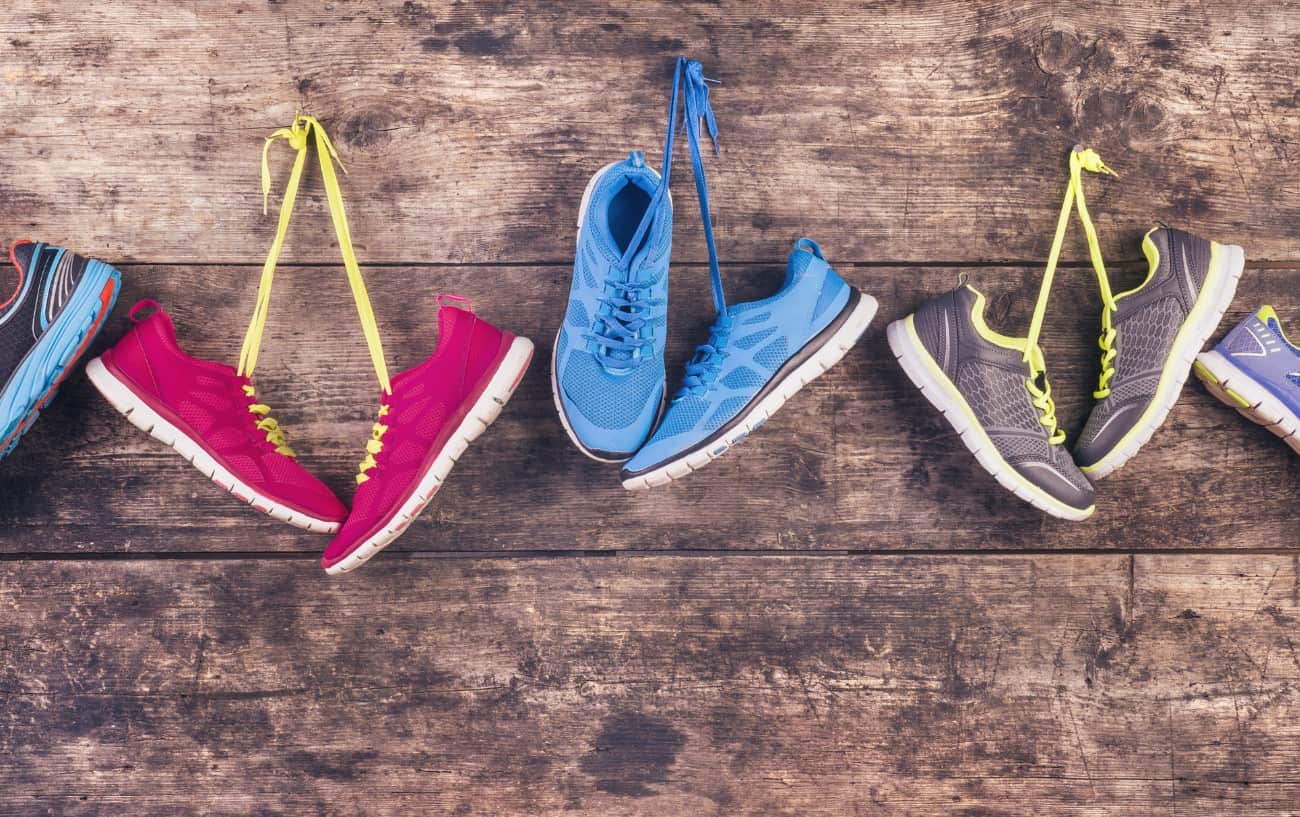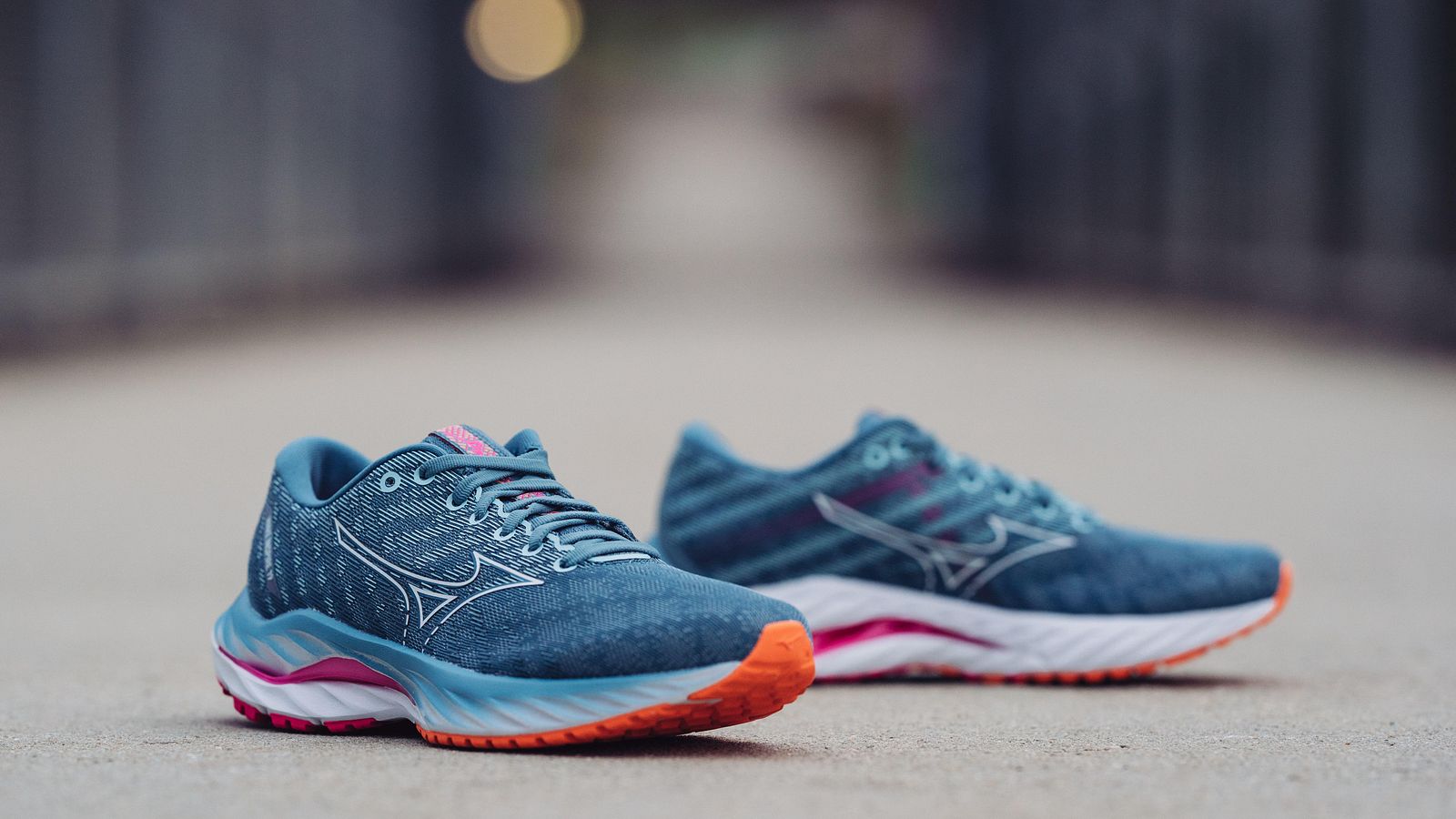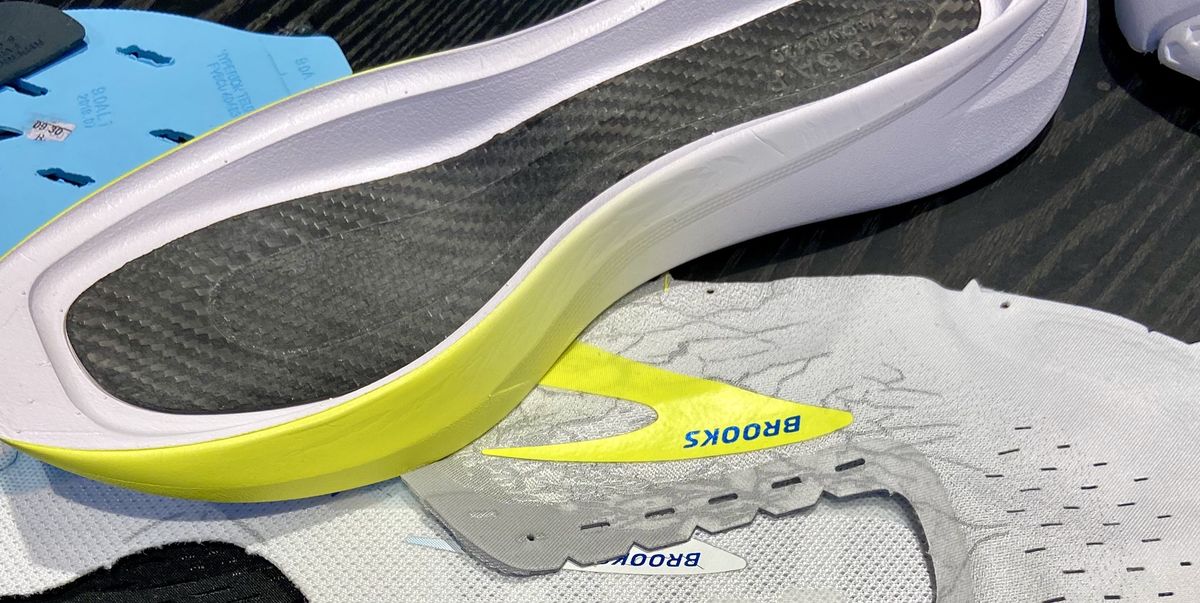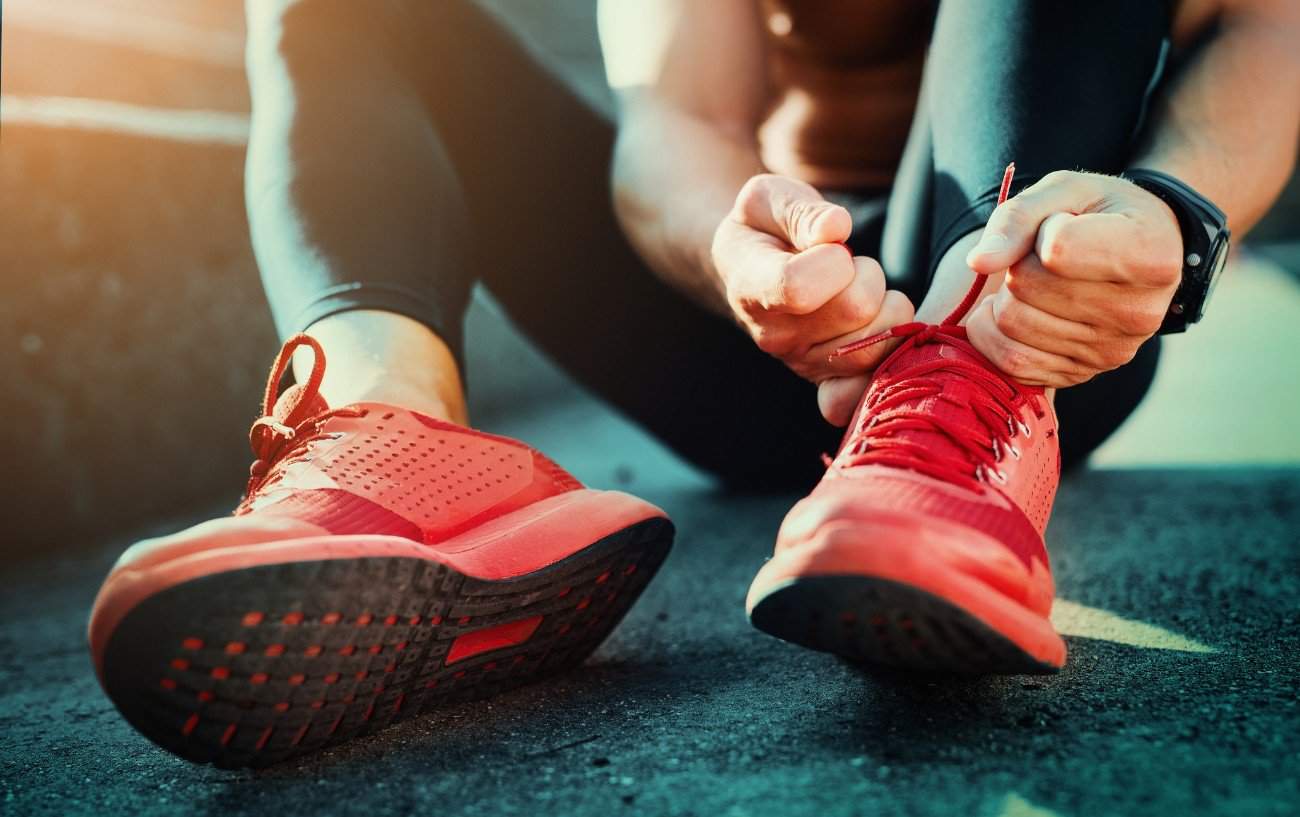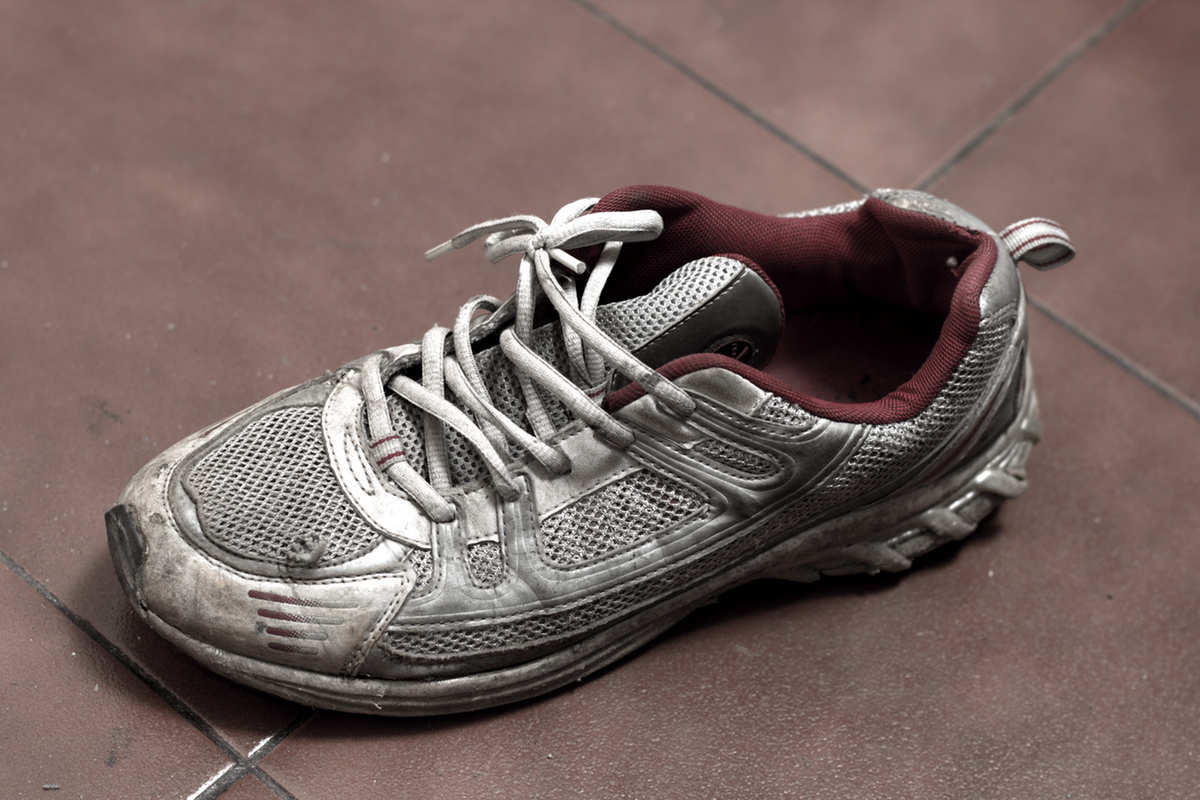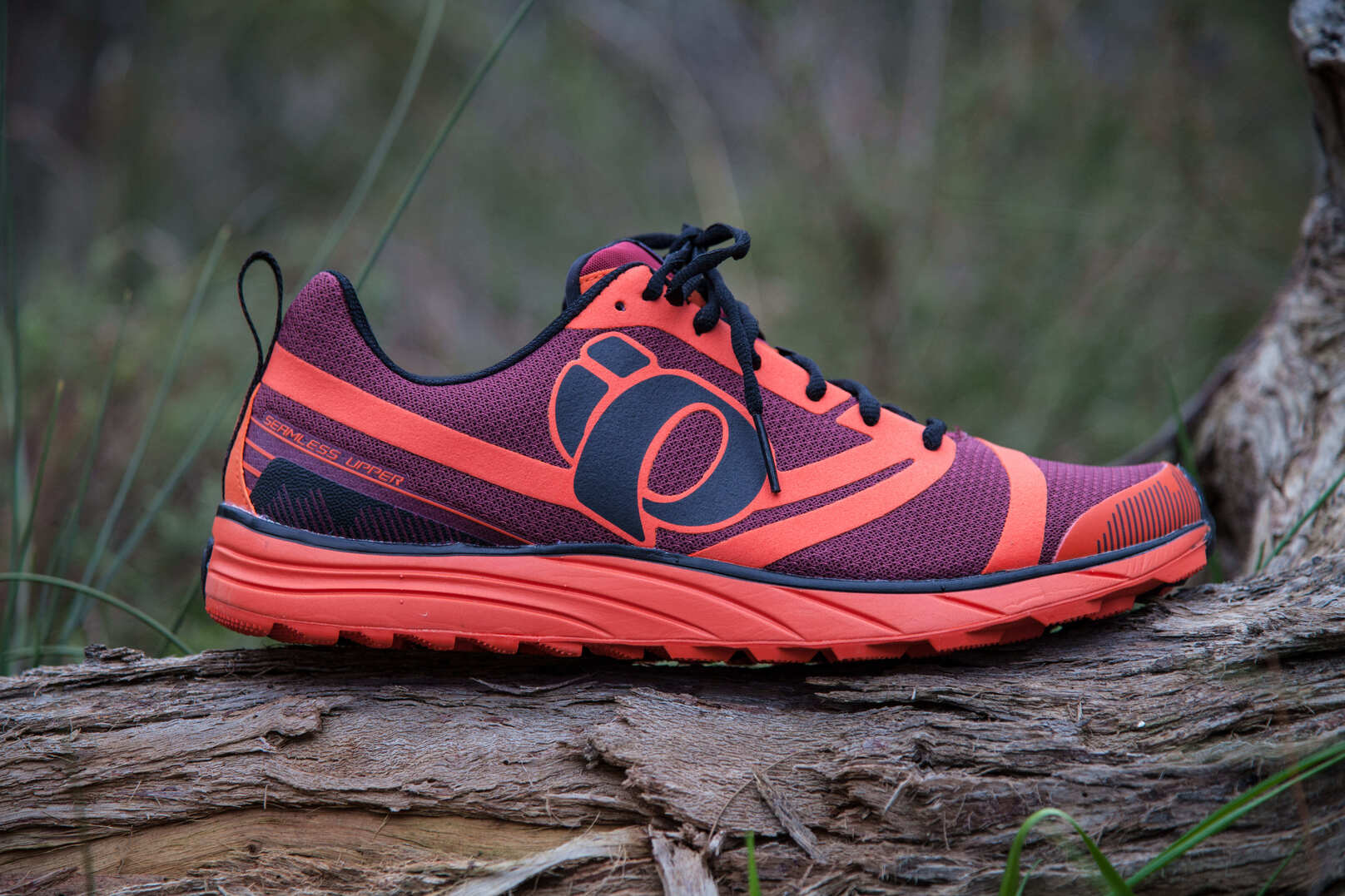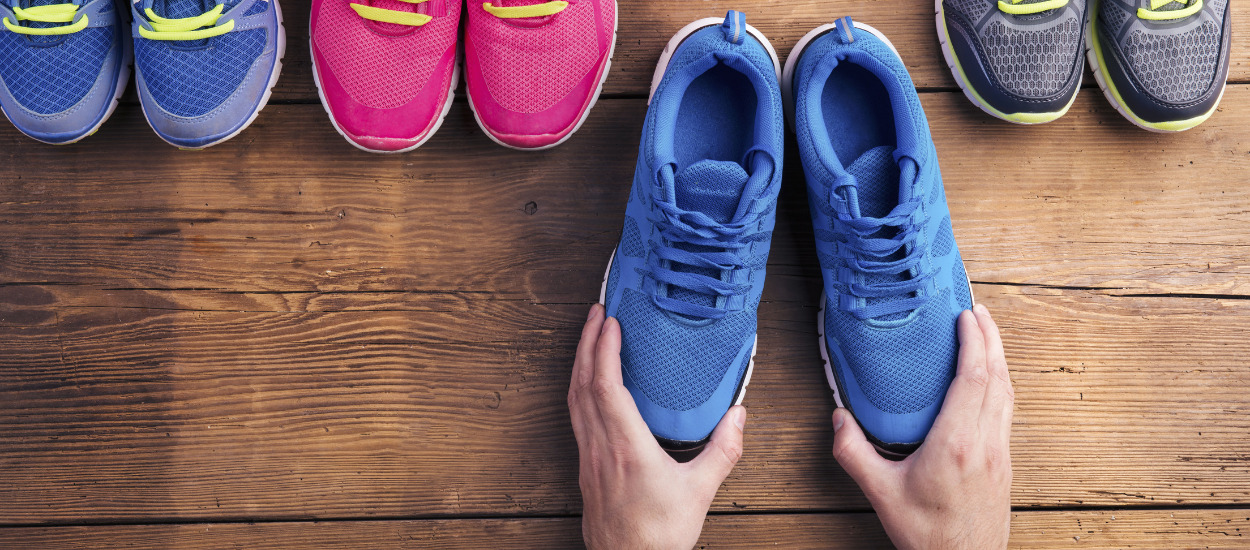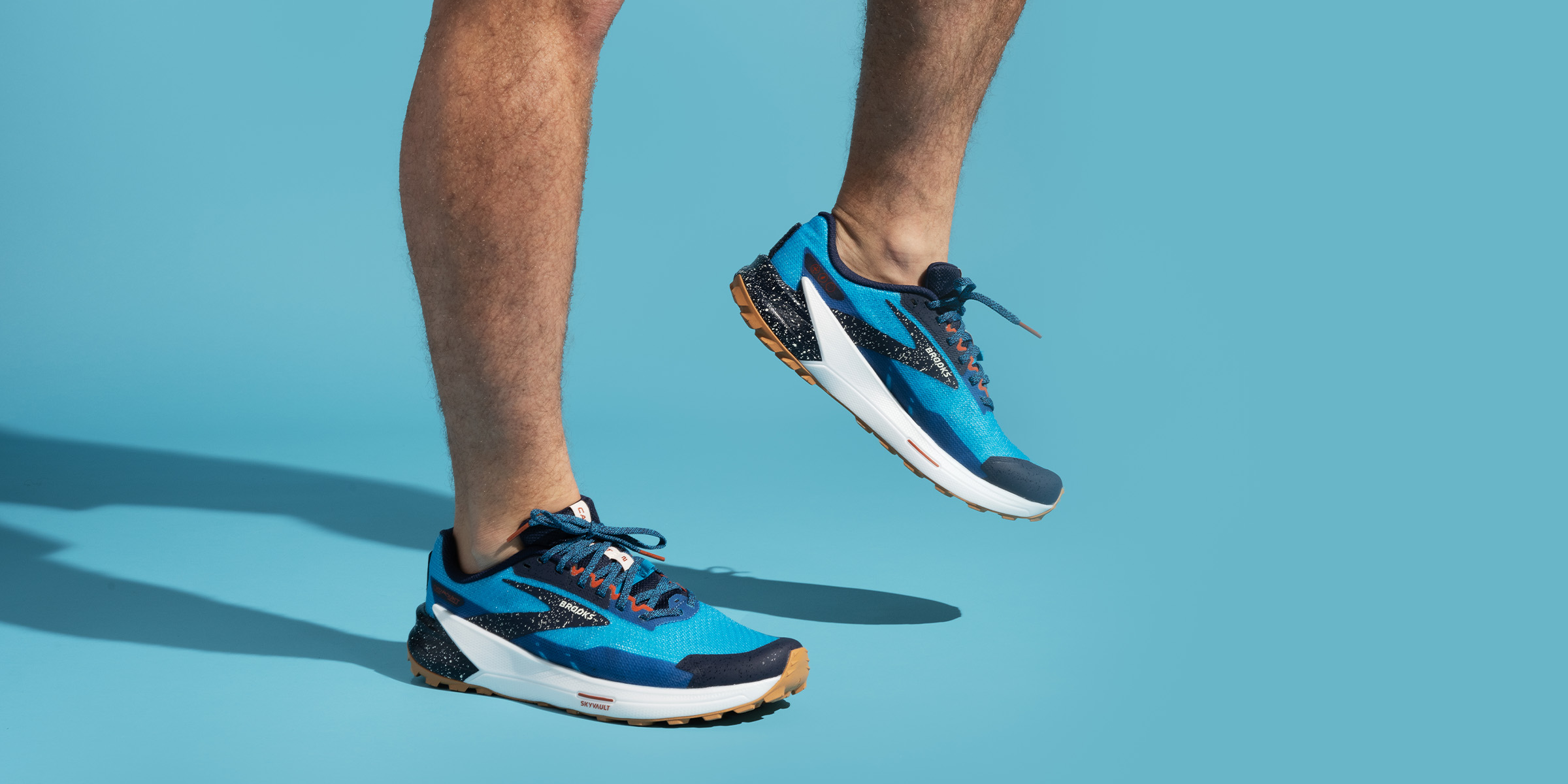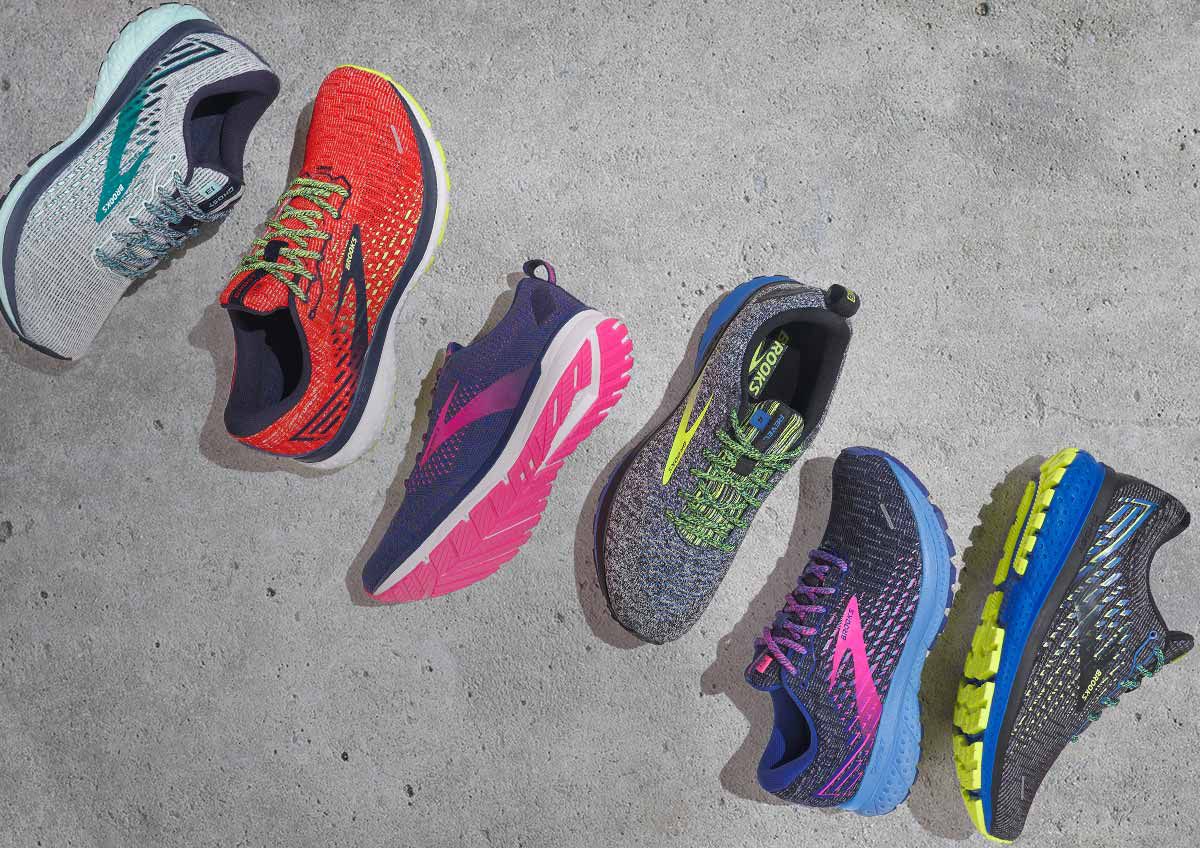Home>Misc>Featured>How Many Miles Can A Pair Of Running Shoes Last For
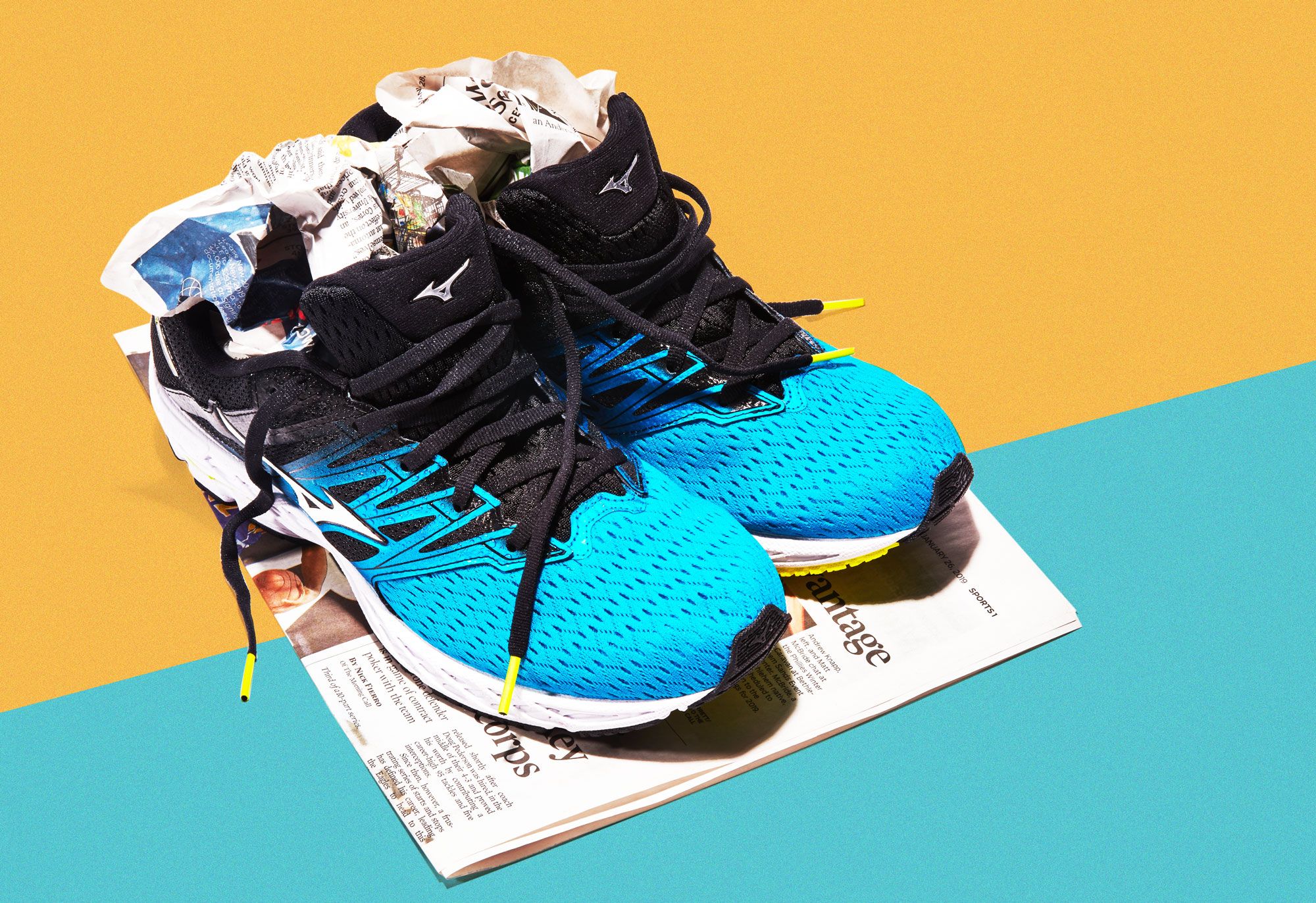

Featured
How Many Miles Can A Pair Of Running Shoes Last For
Modified: October 24, 2023
Discover the featured article on "How Many Miles For A Pair Of Running Shoes" and learn the expert's advice on when it's time to replace them.
Introduction
Choosing the right pair of running shoes is crucial for any runner. Not only do they provide comfort and support, but they also play a significant role in preventing injuries. But have you ever wondered how long your running shoes will last? There is no one-size-fits-all answer to this question, as the lifespan of running shoes can vary depending on several factors.
In this article, we will explore the various factors that can affect the longevity of running shoes. We will discuss the importance of the type of running surface, body weight, and running style, as well as the frequency and intensity of use. We will also highlight the signs to look for when it’s time to replace your running shoes and provide an average mileage range for different types of running shoes.
Furthermore, we will share some valuable tips on how you can extend the lifespan of your running shoes to get the most out of them. By following these recommendations, you can save money and ensure that your running shoes continue to provide the necessary support and cushioning for your exercise routine.
So, whether you are a seasoned runner or just starting out, understanding the factors that affect the lifespan of your running shoes is crucial. Let’s delve into the details and discover how many miles you can expect to get from your favorite pair of running shoes.
Factors Affecting the Lifespan of Running Shoes
The lifespan of running shoes can greatly depend on various factors. Understanding these factors can help you make informed decisions when purchasing and caring for your running shoes. Here are some key factors that can influence the durability of your running shoes:
- Type of Running Surface: The type of surface you typically run on plays a significant role in the wear and tear of your shoes. Hard surfaces like concrete or asphalt can be more abrasive and cause faster deterioration compared to softer surfaces like grass or trails.
- Body Weight and Running Style: Your body weight and running style can impact the lifespan of your shoes. Heavier individuals may experience faster wear due to increased impact, while runners with a heavy heel strike may cause more stress on the heel area of the shoes.
- Frequency and Intensity of Use: The more frequently and intensely you use your running shoes, the faster they are likely to wear out. Regular runners logging many miles per week may need to replace their shoes more frequently compared to occasional runners.
- Care and Maintenance: Proper care and maintenance can significantly extend the lifespan of your running shoes. Regularly cleaning them, allowing them to air dry after use, and storing them properly will help prevent premature deterioration.
- Quality and Construction: The quality and construction of the running shoes themselves can impact their lifespan. Generally, higher-quality shoes with durable materials and solid construction will last longer than cheaper, poorly made options.
It’s important to consider these factors when purchasing running shoes and to keep them in mind as you use and care for them. By being aware of these elements, you can make informed choices and take steps to maximize the lifespan of your running shoes, ultimately saving you money in the long run.
Type of Running Surface
The type of surface you regularly run on can have a significant impact on the lifespan of your running shoes. Different surfaces exert varying levels of stress and wear on the shoes’ outsoles and midsoles. Here’s a breakdown of how different surfaces can affect the durability of your running shoes:
- Concrete and Asphalt: Running on hard surfaces like concrete or asphalt can be particularly harsh on your shoes. These surfaces are abrasive and can cause faster wear and tear to the shoe’s outsole. Additionally, the constant impact on hard surfaces can lead to the compression of the shoe’s midsole, resulting in decreased cushioning over time.
- Grass and Trails: Running on softer surfaces like grass or trails can be gentler on your shoes. These surfaces offer more cushioning and shock absorption, reducing the overall impact on your shoes. As a result, running shoes tend to last longer when used primarily on softer surfaces.
- Treadmill: Running on a treadmill is generally less demanding on your shoes compared to outdoor surfaces. Treadmills have relatively smooth and consistent surfaces, which cause less friction and impact on the shoe’s outsole. However, intense and prolonged use on a treadmill can still wear down the shoes over time.
To extend the lifespan of your running shoes, it’s advisable to vary your running surfaces. Incorporating grass, trails, and even track surfaces into your running routine can help distribute the wear and tear more evenly across different parts of the shoes. This practice can also provide different running experiences and offer additional benefits such as muscle activation and improved stability.
It’s worth noting that regardless of the running surface, regular inspection of your shoes is essential. Look out for signs of excessive wear, such as noticeable thinning of the outsole, visible creases in the midsole, or loss of cushioning in specific areas. These indications suggest that it might be time to replace your running shoes.
Choosing running shoes designed for specific surfaces can also play a role in their longevity. Some shoes are designed with more durable materials and features that withstand the demands of certain surfaces better. Therefore, if you primarily run on concrete or asphalt, consider opting for shoes with more robust outsoles and cushioning systems to ensure they last as long as possible.
Body Weight and Running Style
Your body weight and running style are important factors that can influence the lifespan of your running shoes. Here’s how these factors come into play:
Body Weight: The impact of running on your shoes increases with higher body weight. Heavier individuals tend to exert more force on the shoes, which can accelerate wear and tear. The additional weight may cause the cushioning materials in the midsole to compress faster, reducing their ability to absorb shock effectively. As a result, runners with higher body weight should expect to replace their running shoes more frequently than those with lower body weight.
Running Style: Your running style, including foot strike pattern and gait, can affect how your shoes wear over time. Runners with a heavy heel strike may notice more wear in the heel area of their shoes. Similarly, runners who have a supinating or overpronating gait may experience increased wear on specific parts of the shoe. This is because certain areas of the shoe are subjected to greater pressure and stress based on individual running mechanics. It is important to choose shoes that provide appropriate support and cushioning for your specific running style to promote longevity.
To optimize the lifespan of your running shoes, focus on selecting models that are suitable for your body weight and running style. Shoes with ample cushioning and support are recommended for runners with heavier body weight or a tendency for impact-related injuries. A qualified salesperson or podiatrist can assist in determining the best shoe type for you. Additionally, regularly monitor the condition of your shoes, paying attention to any signs of excessive wear in specific areas. If you notice significant wear patterns or loss of cushioning, it may be time to replace your shoes to avoid potential discomfort and injuries.
Remember that everyone’s body weight and running style are unique, so it’s important to assess how your shoes are holding up based on your individual circumstances. Regularly rotating multiple pairs of shoes and listening to your body can also provide insights into the longevity of your shoes. By paying attention to these factors and making informed choices, you can ensure that your running shoes hold up well to the demands of your running routine.
Frequency and Intensity of Use
The frequency and intensity of your running sessions play a significant role in the lifespan of your running shoes. Here’s how these factors can impact the durability of your shoes:
Frequency: The more frequently you use your running shoes, the quicker they are likely to wear out. Constant use puts continuous stress on the shoe’s materials, especially the outsole, midsole, and upper. Regular runners who log many miles per week should expect their shoes to deteriorate faster compared to occasional runners. It’s a good practice to rotate between multiple pairs of running shoes to distribute the wear and allow enough recovery time for each pair.
Intensity: The intensity at which you use your running shoes can also affect their lifespan. Intense workouts, such as interval training or speed work, involve higher impact forces and increased stress on the shoes. These high-intensity sessions can cause faster wear and tear on the cushioning and support systems. If you engage in intense training regularly, you may need to replace your shoes more frequently to maintain optimal performance and prevent injuries.
It’s important to be mindful of the signs that indicate when it’s time to replace your running shoes. Examine the wear patterns on the outsole and midsole. If you notice significant flattening or thinning of the midsole material, it can indicate reduced cushioning and shock absorption. The outsole should also exhibit a proper grip, and any signs of excessive wear, such as separation or smoothness on the tread patterns, may impact stability and traction. Additionally, pay attention to any discomfort or pain during or after your runs, as these can be indications that your shoes are no longer providing adequate support.
By monitoring your running frequency and intensity and regularly assessing the condition of your shoes, you can make informed decisions about when to replace them. It’s worth noting that the average lifespan of a running shoe typically ranges from 300 to 500 miles, but this can vary depending on the factors we’ve discussed. Keep in mind that exceeding the recommended mileage can increase the risk of injuries, so it’s essential to invest in new shoes when needed to maintain a safe and enjoyable running experience.
Signs to Look for When It’s Time to Replace
Knowing when it’s time to replace your running shoes is crucial for both performance and injury prevention. Here are some signs to look out for that indicate it’s time to invest in a new pair:
- Visible Wear and Tear: Examine the outsole of your shoes for any excessive wear patterns. If you notice significant thinning, smoothing, or separation in the tread, it’s a clear indication that your shoes have worn down and may no longer provide the necessary traction and stability.
- Reduced Cushioning: Over time, the cushioning materials in the midsole of your shoes can compress, resulting in reduced shock absorption and support. If you feel that the cushioning isn’t as responsive as before, or you experience increased discomfort or impact-related pain during your runs, it’s a sign that the shoes have lost their cushioning and it’s time to replace them.
- Uneven Wear: Monitor the wear patterns on the outsole of your shoes. If you notice uneven wear, such as excessive wear on one side or certain areas, it may indicate that your shoes are not providing proper support or alignment. This can lead to imbalances and potential injury risks.
- Lack of Stability: If you feel a loss of stability or notice an increase in wobbling or rolling of the ankles while wearing the shoes, it can be a sign that the midsole has degraded and the shoe is no longer providing the necessary structural support.
- Persistent Discomfort or Pain: Pay attention to any persistent discomfort or pain during or after your runs. If you experience consistent pain in your feet, ankles, shins, knees, or other areas, it could be an indication that your shoes are no longer providing adequate cushioning, support, or alignment.
Every runner’s experience may vary, so it’s important to listen to your body and be proactive in assessing the condition of your shoes. Keep track of the mileage you put on your shoes and aim to replace them within the suggested range of 300 to 500 miles. However, always prioritize the signs of wear and tear and the overall feel and performance of the shoes over an exact mileage count.
Remember that running in worn-out shoes can increase the risk of injuries, as they no longer provide the necessary support and protection for your feet and joints. Investing in a new pair of running shoes when needed is a small price to pay for your long-term running enjoyment and safety.
Average Mileage for Different Types of Running Shoes
While there is no exact formula to determine the lifespan of running shoes, there is a general range of mileage that can be expected for different types of running shoes. Here’s a breakdown of the average mileage you can anticipate based on the category of running shoes:
- Lightweight and Racing Shoes: These shoes are designed for speed and are typically lighter in weight with minimal cushioning. Due to their thinner midsoles, these shoes generally have a shorter lifespan. On average, lightweight and racing shoes last between 200 to 300 miles.
- Neutral Cushioned Shoes: Neutral cushioned shoes are designed for runners who do not require additional stability features. These shoes typically have moderate cushioning and are suitable for most runners. With proper care and maintenance, neutral cushioned shoes can last between 300 to 500 miles.
- Stability Shoes: Stability shoes offer extra support for runners who overpronate or have a tendency for inward rolling of the foot. These shoes have additional features such as firmer midsoles or medial posts. Stability shoes often have a longer lifespan compared to lightweight and neutral cushioned shoes, lasting between 400 to 600 miles.
- Trail Running Shoes: Trail running shoes are designed for off-road running, providing enhanced grip and durability. These shoes typically have more robust outsoles and rugged construction to withstand the demands of uneven and harsh terrains. On average, trail running shoes can last between 400 to 600 miles, depending on the terrain and intensity of use.
It’s important to remember that these figures are averages and can vary depending on factors such as body weight, running style, running surface, and the specific design and quality of the shoes. Some runners may exceed these mileage ranges, while others may need to replace their shoes earlier due to faster wear and tear.
To determine when to replace your running shoes, regularly inspect their condition and look out for signs of wear and tear, reduced cushioning, and other indicators mentioned earlier. By monitoring these factors, you can maximize the lifespan of your shoes and ensure that they continue to provide optimum comfort and support during your runs.
Tips for Extending the Lifespan of Running Shoes
Taking proper care of your running shoes can significantly extend their lifespan and ensure optimal performance. Here are some valuable tips to help you get the most out of your running shoes:
- Rotate Between Multiple Pairs: Consider having at least two pairs of running shoes and alternate wearing them to allow ample time for each pair to recover. This helps to distribute the wear and tear more evenly, allowing the cushioning and materials to regain their shape and prolonging the overall lifespan of the shoes.
- Use Shoes for Their Intended Purpose: While running shoes may be comfortable for everyday activities, it’s best to reserve them solely for running. Using them for other activities such as walking or hiking can accelerate wear and tear on specific areas and shorten their lifespan.
- Avoid Excessive Moisture and Heat: Exposure to excessive moisture and heat can damage the materials of your running shoes. After running in wet conditions, remove any moisture by stuffing the shoes with newspaper or using a shoe dryer at a moderate temperature. Avoid drying them in direct sunlight or using high heat sources like a hairdryer.
- Properly Store Your Shoes: When not in use, store your running shoes in a cool and dry place. Avoid leaving them in a hot car or in direct sunlight, as prolonged exposure to heat can cause materials to deteriorate over time. Additionally, loosely tie the laces and open the tongue to allow better air circulation and moisture evaporation.
- Regularly Clean Your Shoes: Clean your running shoes regularly to remove dirt, sweat, and odor, which can degrade the materials. Use a soft brush or cloth to gently scrub away dirt and stains. If necessary, hand wash them using mild soap and lukewarm water. Avoid machine washing, as it can damage the shoe’s structure and glue.
- Replace Worn-Out Insoles: If the insoles of your shoes show signs of wear or decreased cushioning, consider replacing them with new, supportive insoles. This can help restore comfort and provide better support for your feet, extending the overall lifespan of the shoes.
By implementing these tips, you can effectively maintain the condition of your running shoes and extend their lifespan. Remember that although running shoes are designed to endure the demands of running, they will eventually wear out and need to be replaced. Taking the time to care for and protect your shoes ensures that they continue to support your running needs and perform optimally for as long as possible.
Conclusion
Choosing the right pair of running shoes is just the first step towards a successful and comfortable running experience. Understanding the factors that affect the lifespan of your running shoes can help you make informed decisions when purchasing and caring for them. Factors such as the type of running surface, body weight, running style, frequency and intensity of use all play a role in determining how long your running shoes will last. By being aware of these factors, you can take the necessary steps to maximize the lifespan of your shoes and ensure that they continue to provide the necessary support and cushioning.
Knowing the signs to look for when it’s time to replace your running shoes is crucial for both performance and injury prevention. Visible wear and tear, reduced cushioning, uneven wear, lack of stability, and persistent discomfort or pain are indicators that your shoes may no longer be providing the support and protection your feet need. Additionally, understanding the average mileage ranges for different types of running shoes can give you a general idea of when you should start considering a replacement.
However, it’s important to remember that these mileage ranges are just averages, and individual experiences may vary. Listening to your body, regularly evaluating the condition of your shoes, and following proper care and maintenance practices can help you get the most out of your running shoes. By implementing tips such as rotating between multiple pairs, using shoes for their intended purpose, avoiding excessive moisture and heat, properly storing and cleaning your shoes, and replacing worn-out insoles, you can extend the lifespan of your running shoes and ensure that they continue to perform at their best.
Ultimately, investing in high-quality running shoes and taking care of them will not only enhance your running experience but also help prevent injuries and save you money in the long run. So, lace up your shoes, hit the road, and enjoy the benefits of a well-maintained and long-lasting pair of running shoes.
